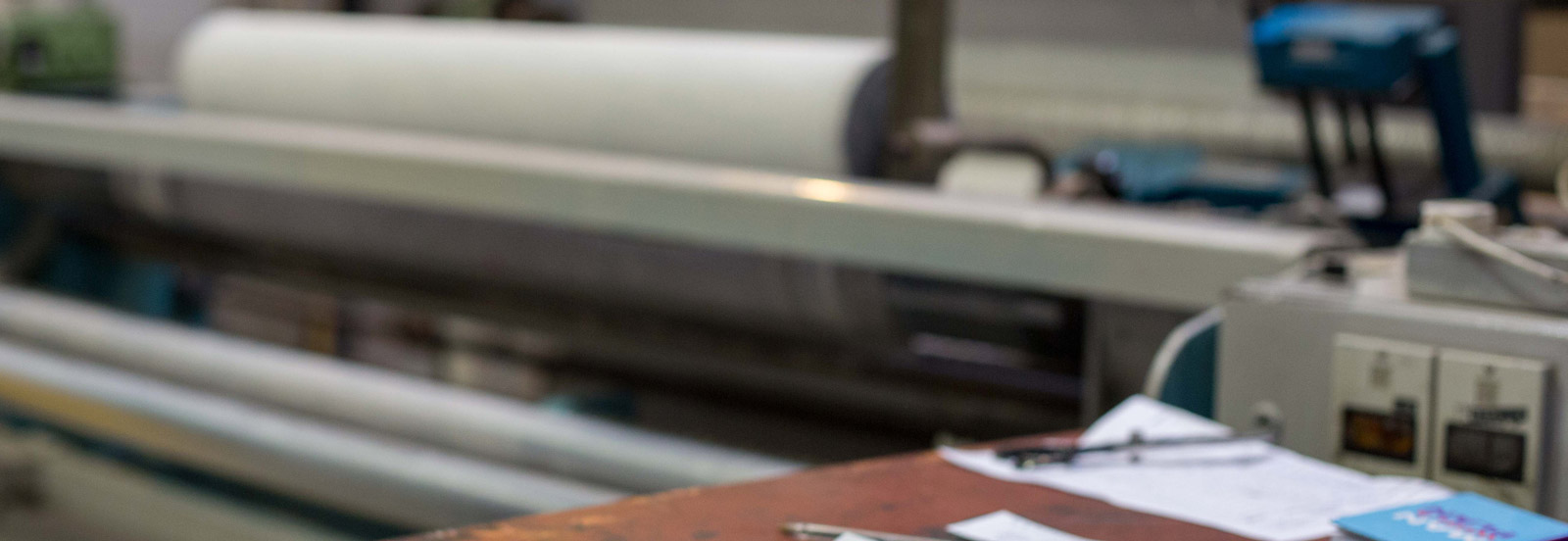09 Aug How do we fight fire?
Flame retardants work in quite specific ways. If you describe a fire as a graph of time against temperature you can see the growth of a fire as more material is is turned into fuel with the increasing emission of the heat created by the fire. (see Fire Triangle). It will pass through a critical and dangerous phase as the process accelerates rapidly with the heat release reaching temperatures where an increasing amount of material will decompose under its influence to become fuel. The fire will reach a plateau before we see it decline as it exhausts the available fuel.
Man has always created fire from small amounts of ignitable material before adding more fuel and relying on a ready supply of oxygen from the air to build the fire.
Flame retardants will only influence the fire process when they can interrupt the process in the initial stages. This is why most textile testing is done with small ignition sources and the determination of their effect is key to reducing the chance of the small ignition source forming a much larger, secondary ignition source.
Reducing the intensity is usually achieved by pouring on large amounts of water – this is the job of the Fire Brigade.
Preventing rapid growth in a fire is achieved by disrupting the spread of fire and this can be done in buildings by using materials and structures that have a higher resistance to fire to interrupt the growth of a fire.
Click on the arrow below to see this in graphic form.
It is important to remember that flame retardants have only a transitory role during the initial stages of a fire and subjecting treated articles to conditions beyond the level they were designed to deal with will only serve to delay the progress of a fire. The precise conditions of the original risk assessment to be tested is therefore a key and fundamental feature of flame retarded textiles.



Sorry, the comment form is closed at this time.